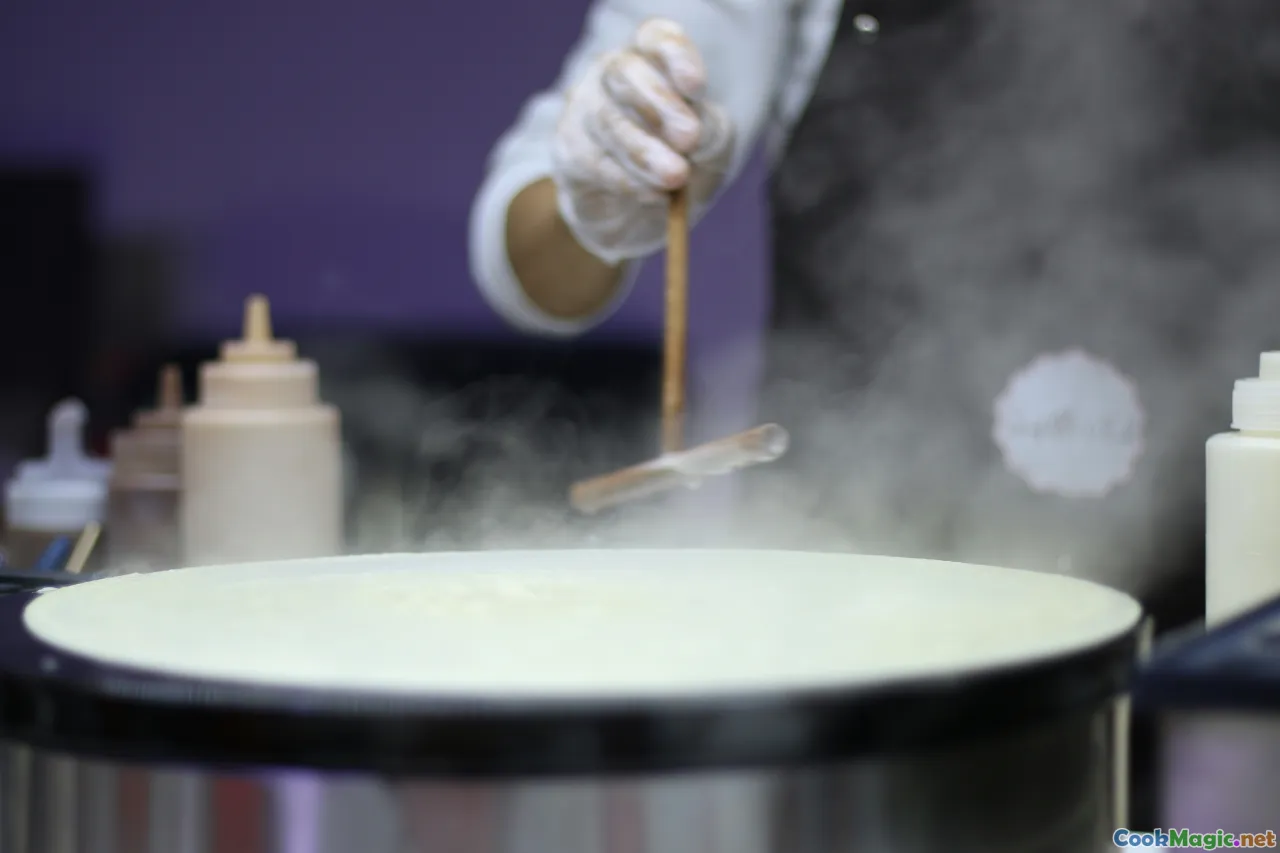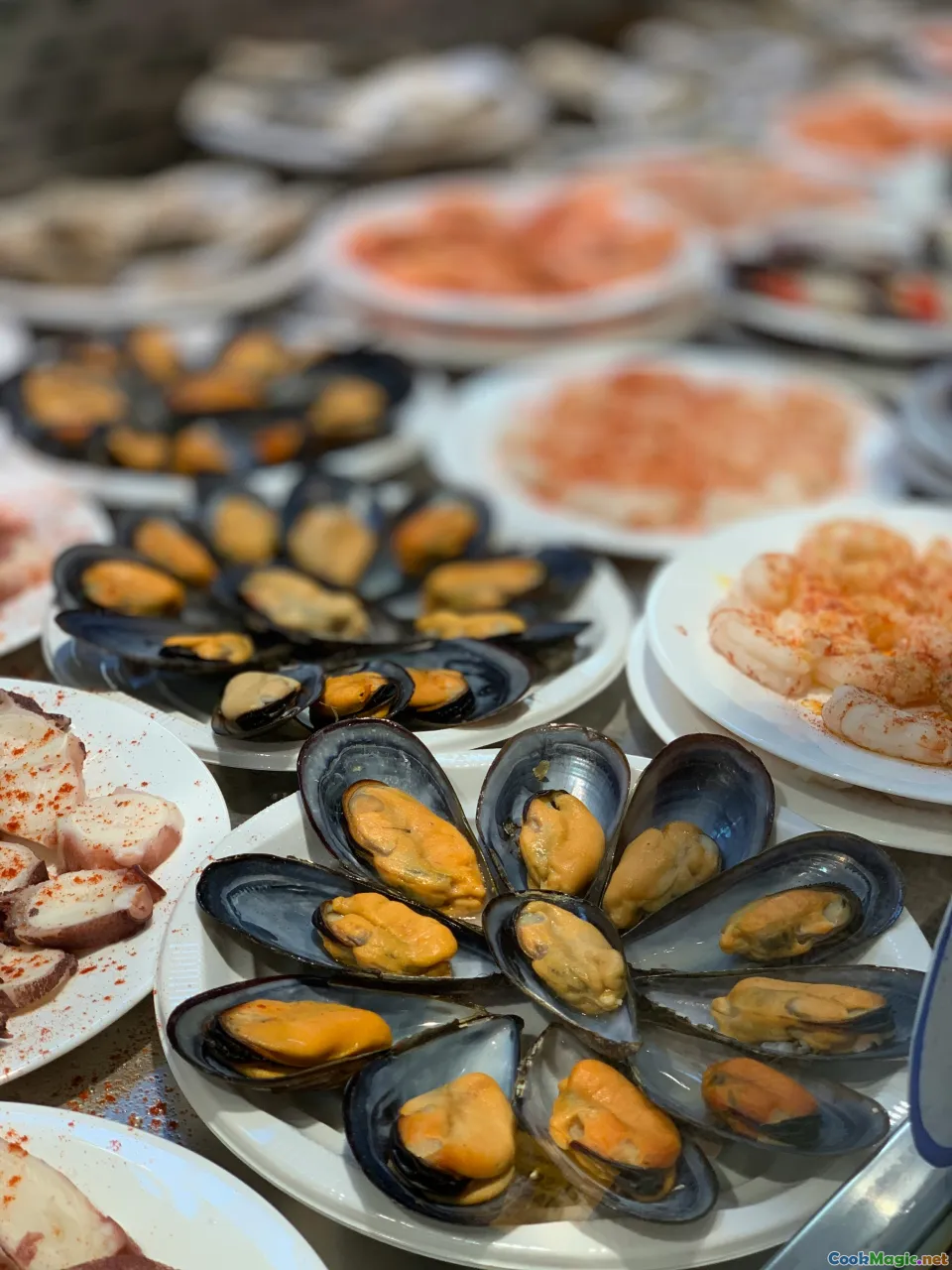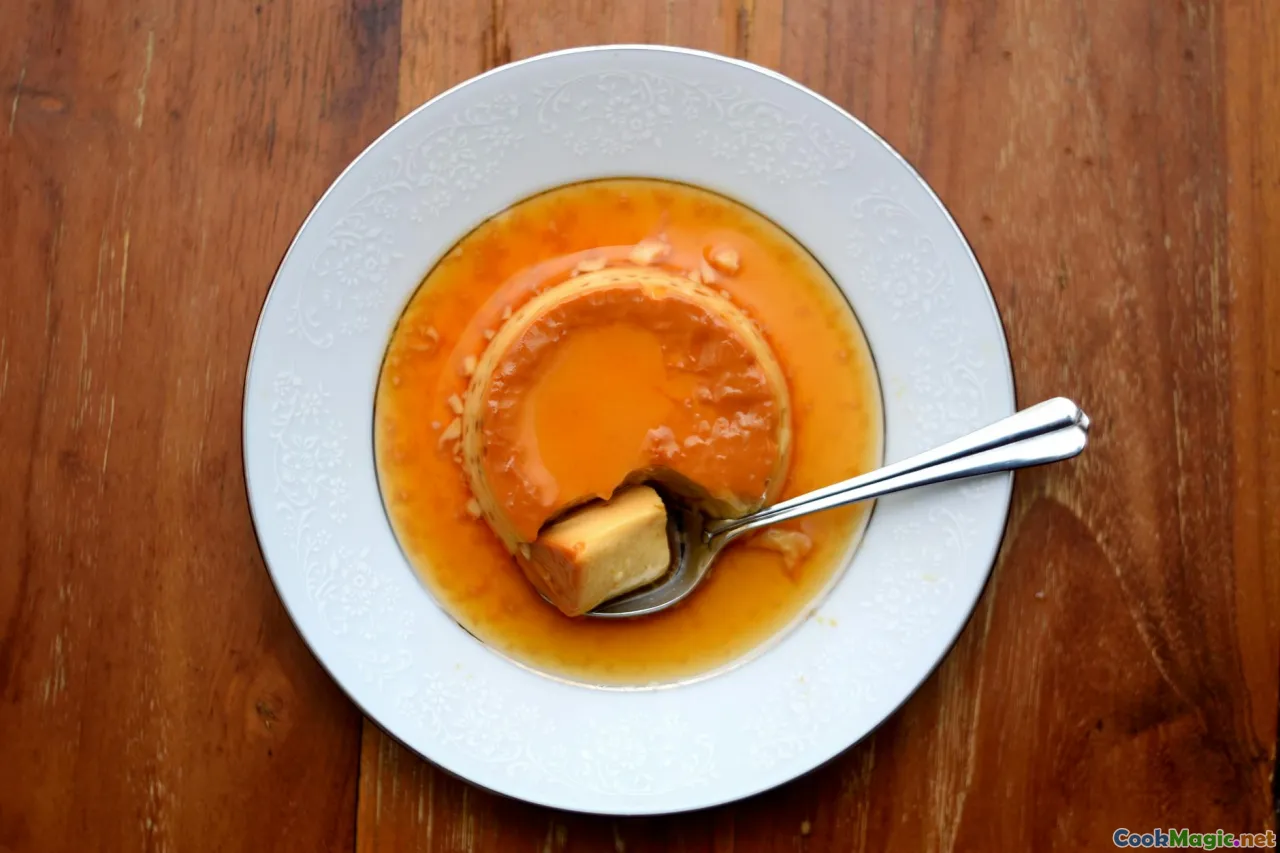How Egusi Pudding is Crafted in Cameroon
11 min read Discover the authentic process of making Egusi pudding in Cameroon, highlighting cultural significance and culinary techniques. July 04, 2025 06:05
How Egusi Pudding is Crafted in Cameroon
There’s an intoxicating magic that pervades the markets of Cameroon, especially in the vibrant neighborhoods of Yaoundé and Douala, where the aroma of freshly prepared food fills the air. Among the array of savory delights that beckon from bustling stalls, one delicacy stands out as a quintessential expression of Cameroonian culinary artistry: Egusi Pudding. Rich, hearty, and deeply rooted in tradition, this dish embodies the spirit of community, history, and craftsmanship.
To truly understand how Egusi Pudding is crafted, one must journey beyond the ingredients to the soul of Cameroonian culture—a story woven through generations of women, seasoned with history and brimming with sensory richness.
The Heart and Soul of Cameroonian Egusi
Egusi pudding, locally known as "Nkui" in some regions, is more than just food—it’s a cultural emblem. It’s served during celebrations, communal gatherings, and Sunday family meals, often paired with foufou (pounded cassava or yam), plantains, or boiled beans. Its deep yellow hue, speckled with dark green leafy accents, offers a visual preview of its complex flavors.
Sensory Experience: When the steaming pot is uncovered, a fragrant wave of toasted ground melon seeds (egusi), earthy spices, and bubbling broth greets you. The aroma is warm, inviting—a sensory tapestry that promises comfort and connection.

The Backbone: Key Ingredients and Their Significance
Creating authentic Egusi Pudding is a meticulous process rooted in specific ingredients that each hold cultural and culinary importance.
1. Egusi Seeds
The star of the show, egusi seeds are mild, nutty, and slightly earthy, harvested from watermelon, melon, or complicated indigenous gourds. Once dried, the seeds are carefully toasted over low heat: this adds a toasty depth, intensifies flavor, and releases aromatic oils that form the foundation of the pudding.
Personal tip: In Cameroon, many women have their secret to toasting—whether in traditional clay pots or modern pans—which influences the aroma and flavor of the final dish. The process is often a slow, meditative ritual.
2. Leafy Greens
Jute leaves (locally called "Ila") or bitterleaf are common additions, offering a slightly bitter, fresh contrast that tempers the richness of the egusi. These greens are chopped finely, blanched briefly, then incorporated into the mixture.
3. Spices and Flavorings
A symphony of spices dances through the pudding—dried pepper, ginger, garlic, and sometimes local herbs like ‘Ngongo’ or ‘Bai’ leaves. These ingredients lend a subtle heat, warmth, and complexity.
4. Broth and Fats
Palm oil infuses the dish with its signature vibrant orange color and earthy aroma. Chicken or fish stock can be added for depth, but traditionally, just the oil and water balance the texture.
5. Thickening Agents
Some cooks incorporate mashed or grated plantains or yams to add body, ensuring the pudding remains cohesive and voluptuous.

The Art of Preparation: Step-by-Step
Crafting Egusi Pudding is a craft—a dance that involves multiplication of flavors and textures.
Step 1: Toasting the Egusi
Begin by spreading the egusi seeds uniformly in a dry skillet over low heat. Stir constantly, ensuring they toast evenly for about 5–8 minutes, until they release a nutty aroma and turn a light golden brown.
Step 2: Grinding to Perfection
Once cooled, the toasted egusi is ground into a fine powder using a traditional mortar and pestle or a modern spice grinder. The finer, the better—this helps it rehydrate uniformly in the cooking process.
Step 3: Creating the Base
In a large pot, simmer your choice of broth or water with added oils and herbs. When it reaches a gentle boil, slowly sprinkle in the ground egusi mixture, stirring constantly to prevent clumping.
Step 4: Incorporating Greens and Spices
Add chopped bitter leaves or jute greens, along with spices, to the thickening mixture. Keep stirring—it’s crucial to achieve a porridge-like consistency that is neither too runny nor too stiff.
Step 5: Simmering and Steaming
Cover the pot tightly and let the pudding steam on low heat for about 15–20 minutes, allowing flavors to meld. Occasionally, gently stir the pudding to maintain its smooth, cohesive texture.
Step 6: Final Touches
Finish by adding a drizzle of palm oil for vivid color and richness. Serve hot, accompanied by foufou, plantains, or a side of cooked vegetables.

Variations and Regional Nuances
While the core process remains consistent, regional variations add unique touches.
- Bakweri Style: In the coastal city of Limbe, cooks often add fresh fish, giving a coastal twist with a more pronounced seafood aroma.
- Bamenda Tradition: Here, thickening agents such as mashed yams are more common, resulting in a denser, dessert-like pudding.
- Urban Versatility: In contemporary urban settings, some chefs incorporate carrots or peppers for tonal and flavor contrast, elevating the traditional dish.
These variations showcase the adaptability and creative spirit of Cameroonian cooks—always honoring tradition while embracing innovation.

Cultural Significance and Emotional Ties
In Cameroon, Egusi Pudding isn’t merely a dish—it’s a vessel of memory and identity.
Many Cameroonian women pass down recipes like heirlooms, enhancing their technique with stories from maternal grandmother or family elders. Cooking egusi pudding is often a communal affair; generations gather, sharing recipes, gossip, laughter, and love over bubbling pots.
The scent of egusi can evoke deep nostalgia—reminding Cameroonians abroad of family reunions, festive celebrations, or quiet Sundays at home.
It's also a dish that fosters social bonds, whether through the conviviality of a bissap (hibiscus) drink paired with it or the ritual of sharing leftovers among neighbors.

Tips for Aspiring Cooks
If you’re inspired to embrace the art of Cameroonian egusi pudding, consider the following:
- Invest in Quality: Use freshly toasted egusi seeds for authentic flavor.
- Respect the Rhythm: Cooking is meditative; take your time to toast and grind to evoke traditional flavors.
- Experiment with Greens: Feel free to mix bitterleaf with spinach or other local leafy vegetables.
- Balanced Seasoning: Adjust spices and oils gradually—Cameroon’s flavors are bold, but they can also be subtle.
- Connect with Community: Sharing recipes and cooking tips with Cameroonian friends or local community groups can deepen your appreciation.
Most of all, approach it with patience, respect, and curiosity—each spoonful offers a taste of Cameroon’s vibrant culinary soul.

In the warm, fragrant kitchens of Cameroon, the making of Egusi Pudding is a testament to resilience, heritage, and shared joy. Every step, from selecting seeds to simmering the porridge, is a tribute to passed-down wisdom and creative adaptation. When you partake in this culinary tradition, you’re embracing a story—one of flavor, family, and the unbreakable thread of culture.
So next time you savor a spoonful of Egusi Pudding, remember: you’re not just tasting ingredients—you’re experiencing a rich tapestry woven through Cameroonian history and heart.









